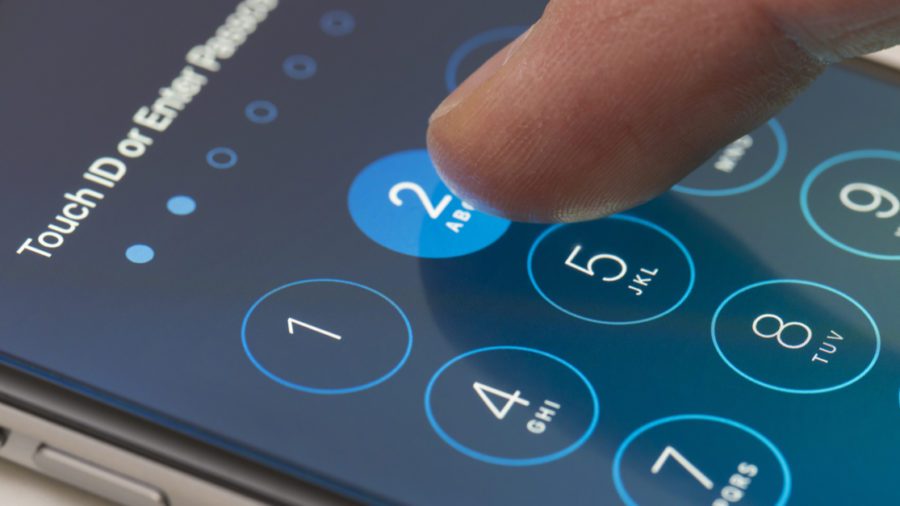Apple releases a new smartphone lineup each year, along with a new iOS version to accompany it.
New operating systems are always welcome as they typically introduce new features, widgets, apps, etc.
As the new enhancements pile up, it’s crucial to remember that those new features may affect your smartphone’s privacy and security.
Why Should You Stay On The Safe Side?
There are numerous ways for hackers to tap into your smartphone. Not using cybersecurity means is almost like an invitation for hackers to access your smartphone and steal your data or credit card details.
Therefore, you should be aware of what you can do to ward off viruses, malware, ransomware, and other cyber means of harm.
Let’s see what you can do:
Enabling Find My iPhone
Find my iPhone is the Cupertino-based tech company’s built-in device tracking software.
It works by working GPS to locate a lost or stolen device.
Additionally, it also features the Activation Lock, which prevents unknown users from using your iPhone.
To obtain access, it needs the user’s Apple ID and password.
Without that information, a thief or maliciously intended user can’t disable the Find My iPhone feature, erase the device’s content or reset the device and use it for their own or sell it to an unsuspecting citizen.
Enabling USB Restricted Mode
USB Restricted Mode is an advanced feature on iOS that you may not know about at the moment.
That security feature prevents USB accessories that connect to the device from connecting to an iPad, iPhone, iPod.
To enable the USB Restricted Mode, you have to navigate to:
Settings -> Touch ID & Passcode -> Insert your passcode, scroll down to check if the “USB Accessories are not permitted on the lock screen” option is ticked off.
On an iPhone X or newer, you have to check your Face ID settings instead.
Enabling Automatic iOS Updates
Updating apps and operating systems is fundamental to keep your device secure. They add neat new functionalities, and they address various bugs or software vulnerabilities.
Software vulnerabilities can be safety breaches or weaknesses in a particular operating system or app.
Hackers can exploit the weaknesses by working on code to target a particular vulnerability.
The exploits may infect your computer with no action on your side other than viewing a web page, opening an infected message, or playing compromised media.
To check if automatic updates are enabled, go to settings -> General -> Software Update and tap the switch to activate them.
Disabling Lock Screen Options
The iPhone’s lock screen has widgets that help users with rapid access features like opening the camera, wallet, WiFi, and Bluetooth network connections.
Though they don’t allow for complete access to the smartphone, hackers can still swipe some personal information with those functionalities.
To disable the lock screen widgets, go to Settings -> Control Center -> disable the widgets you don’t want to be accessible in the lock screen.
Use VPNs On Public WiFi
Virtual Private Networks provide private and secure connections to the web wherever you require them. They result in a secure, encrypted connection between your device (connected to a public internet connection) and the VPN service’s private server.
A VPN works like a gateway between the data you transmit and receive while on public WiFi networks, like an airport or bar.
These are just a few ways to stay on the safe side while using your smartphone. Make sure that you follow those guidelines so that you avoid having your personal information stolen and used in unfortunate ways.













Leave a Reply